A review of normal radiographical variants commonly mistaken for pathological findings in horses
F.E. Hinkle, S.A. Johnson, K.T. Selberg and M.F. Barrett | Equine Veterinary Education | December 2020
The aim of this review article was to highlight a range of normal radiographical variants that are commonly mistaken for pathological abnormalities in horses to help practitioners minimise inappropriate case management and unnecessary surgery…



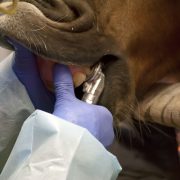
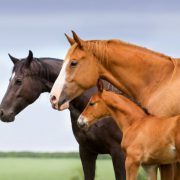

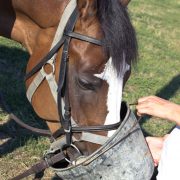

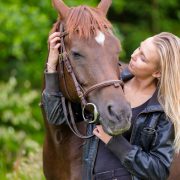
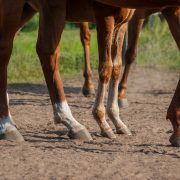
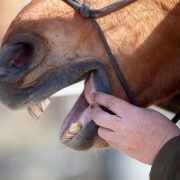
Connect with us